We are in the process of purchasing a diamond from James Allen, which they will also set. I had their gemologist inspect and compare three stones for me but at the time I did know I could request IS images. I have learned more doing reading on this and other sites.
The stats are:
GIA xxx
Table - 59
Depth - 59.6
Crown - 34
Pavilion - 40.6
HCA - .9 (ex across board)
The gemologist said the diamond has strong and lively light performance with excellent brilliance, fire and scintillation. Inclusions not seen by naked eye.
Given the above do you think this is a safe bet even though I don't have the IS image. How likely is it that a stone that does well on the HCA would have a poor IS result? Also can I have the IS performed after it is set?
Thanks in advance for your help!
The stats are:
GIA xxx
Table - 59
Depth - 59.6
Crown - 34
Pavilion - 40.6
HCA - .9 (ex across board)
The gemologist said the diamond has strong and lively light performance with excellent brilliance, fire and scintillation. Inclusions not seen by naked eye.
Given the above do you think this is a safe bet even though I don't have the IS image. How likely is it that a stone that does well on the HCA would have a poor IS result? Also can I have the IS performed after it is set?
Thanks in advance for your help!

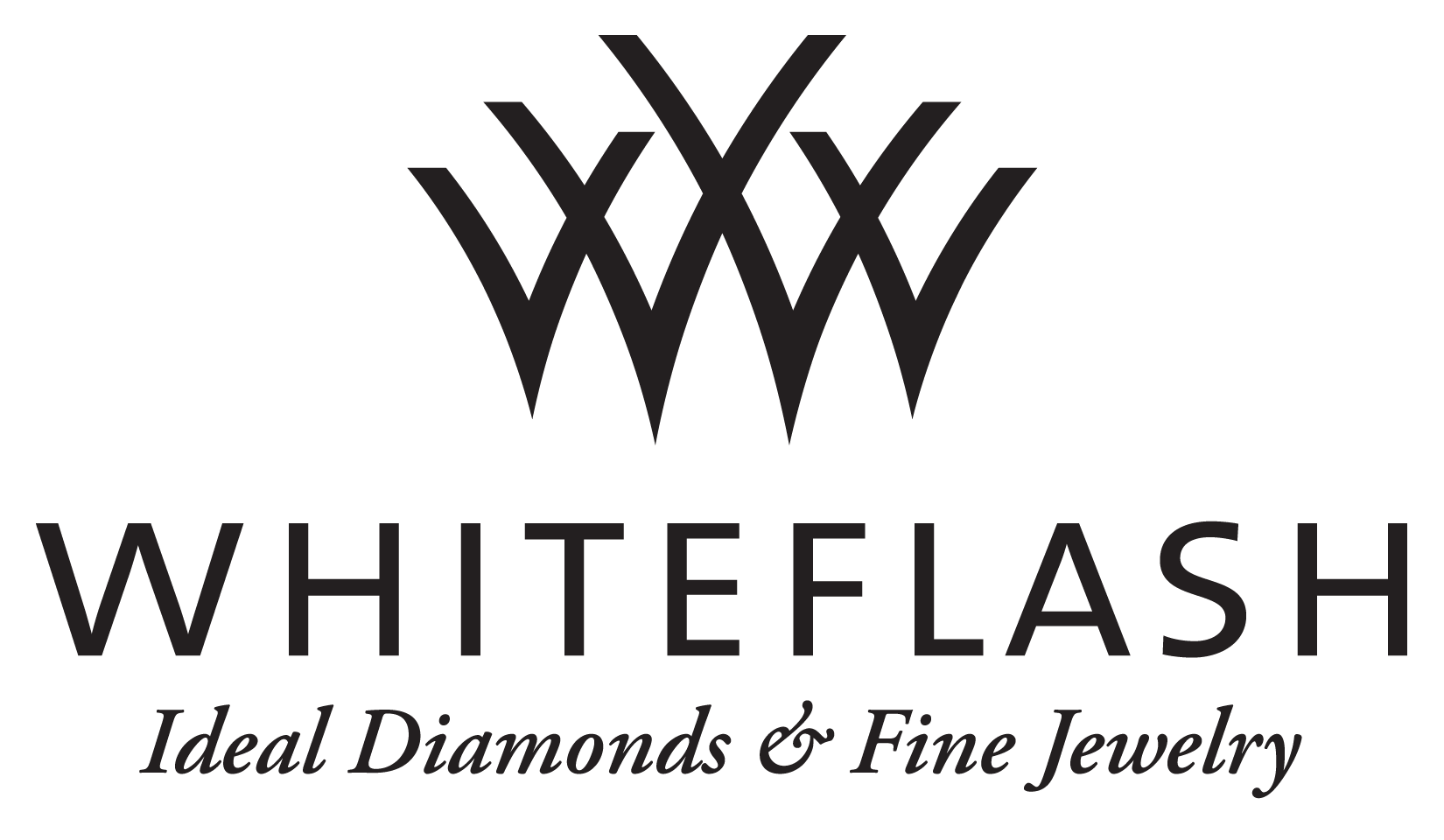
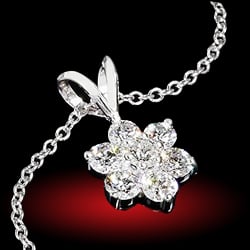
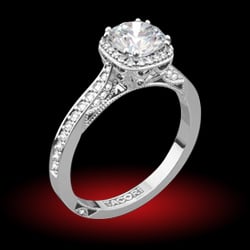
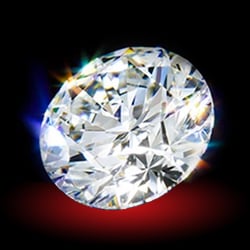
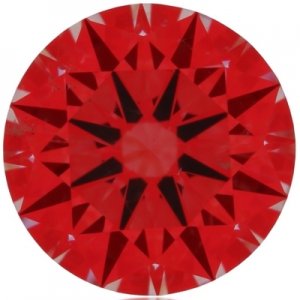
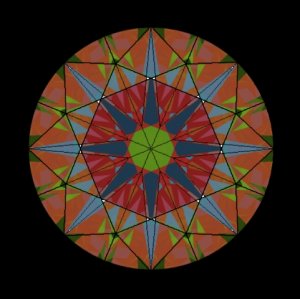



300x240.png)